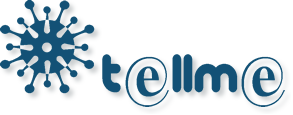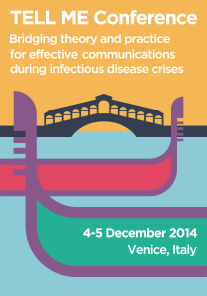D2.8 - New Challenges and New Methods for Outbreak Communication Summary Report
Read the document online:
D2.8 - New Challenges and New Methods for Outbreak Communication Summary Report
This report summarizes the different parts that constitute the work package 2 (WP2), whose aim was to identify new challenges and new methods for outbreak communication by emphasizing the multivariate nature of the network in which different stakeholders operate and the ever growing diversity of channels to communicate the information.
D2.1 deals with the mapping of diverse stakeholders in outbreak communication, in order to to map and characterize the different players in the outbreak communication net.
D2.2 and D2.3 deal with the challenge of answering diverse information needs or demands of various stakeholders, emphasizing the difference between routine communication requirements versus outbreak and pandemic communication requirements. In particular, D2.2 deals generally with the information needs of key stakeholders and their coordination with public health authorities, whilst D2.3 analyses the specific views and perceptions of general practitioners' communication requirements and investigates the reasons for poor compliance with vaccination programs in the 2009 influenza pandemic.
D2.4 concerns with the legal, technical and scientific aspects of the application of the E-learning system, suggesting that the implementation of such a tool can promote active learning and skill acquisition leading to an effective transfer of theoretical knowledge and practical problem solving.
D2.5 reviews the challenges and possibilities that stem from the ever growing human collaboration and the infinite diversity of sources via the social net.
D2.6 examines the new sources of information in order to understand whether, or to what extent, these systems are capable of early detection and surveillance of infectious diseases.
D2.7 examines the role and performance of the World Health Organization (WHO) in light of the revised International Health Regulations (2005). First, the report examines the actual implementation of the revised IHR in the case of the 2009 H1N1 influenza. Second, the report addresses the gaps that are not fully achieved and the grey areas are not completely defined in order to improve IHR’ future implementation.


